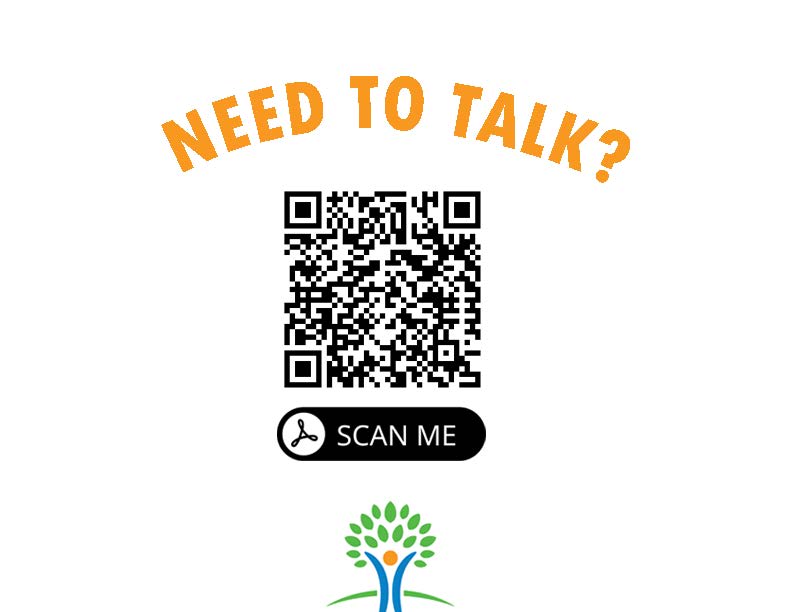
Arlington School Support Line
June 15, 2021
Our friends at Arlington Public School and Cigna have partnered up to provide a school support line linking vital resources for crisis and referral support…
May 19, 2020
Sometimes it is difficult to understand exactly what child abuse and neglect are. Child abuse is any mistreatment of a child (someone under 18) by a parent or caregiver that results in harm or injury. Child abuse includes:
Child abuse can be a one-time occurrence but more often it is a pattern of behavior involving regular physical attacks or acts of deprivation or molestation. Frequently, the longer child abuse goes on, the more serious the consequences.
Child abuse can be of a physical, emotional, neglectful or sexual nature. Abuse and neglect can occur within families or in other settings where children are provided care or services, including schools, residential facilities, day care centers, and recreational or sporting programs.
There are many different underlying causes of child abuse, ranging from individual factors such as low self-esteem or isolation to societal factors such as community violence or the stresses of poverty.
Depending on the type of maltreatment and the individual circumstances of a perpetrator, the “causes” will vary. Child abuse is, however, more likely to occur with individuals who have low levels of tolerance for frustration, inappropriately developed coping skills, and misconceptions about what it means to be a parent or caretaker. Good judgment or reason goes out the window as the parent or caretaker releases anger or attempts to gratify some impulse or desire.
Child abuse cuts across all boundaries of economic level, race, ethnic heritage, and religious faith. Unfortunately, child abuse occurs in all segments of our society, but the risk factors are greater in families where parents:
By helping parents who might be struggling with any of these challenges, you could reduce the likelihood that their children will be abused or neglected. Reach out to the children, too, and show them that you care.
Whether you’re a parent, caregiver, community member or teacher, you can do something to protect the children in our families, neighborhoods and schools from abuse and neglect.
Parents:
Parents can do something every day to positively support their children!. Every single action you take can have enormous results when it comes to the safety and happiness of your children.
Teachers/Educators:
If you are a teacher, child care provider or any kind of educator, keep in mind that you are key in helping to prevent abuse and neglect. There are many simple ways you can help protect the safety of your students:
Community Members:
You don’t have to be a parent or teacher to prevent abuse and neglect in your every day life. We can all do something to keep the children in our community safe and happy. Reach out to your neighbors, co-workers and members of your faith community every day with actions that can make a big difference:
The most important ONE action you can take for a child who is being mistreated is to REPORT abuse if you suspect it. Keep in mind that just one phone call could save a child’s life.
If a child is in danger, CALL THE POLICE.
To report suspected abuse, CALL YOUR LOCAL CHILD PROTECTIVE SERVICES.
Wear a blue ribbon. The blue ribbon stands for the prevention of child abuse and neglect. When someone asks about it, take a moment to tell them WHY you are wearing it and how they can help too.